Ever wonder about that bit of the bubbles when you sip a beer or other carbonated beverage. I always thought it was the bubbles that gave the bite. It turns out that the bite is caused by an acidic by-product of the bubbles.
New research from the Monell Center reveals that bubbles are not necessary to experience the unique ‘bite’ of carbonated beverages. Bubbles do, however, enhance carbonation’s bite through the light feel of the bubbles picked up by our sense of touch.
The refreshing bite of carbonation is an integral part of beverages consumed around the globe. Carbonated beverages are produced when carbon dioxide is dissolved in a liquid, typically under high pressure. This can happen naturally in certain spring waters or in fermented beverages like beer. Carbon dioxide also can be added to beverages through production processes.
In either case, when pressure is reduced by opening a bottle or can of a carbonated beverage, some of the carbon dioxide is released from the solution in the form of bubbles. After a sip, enzymes in the mouth convert the remaining free carbon dioxide into carbonic acid. The acid then activates sensory nerve endings, which signal the mild irritation that we refer to as ‘bite.’
In the study, published in the public access journal PLOS ONE, the Monell researchers examined the role that bubbles play in carbonation bite. In the first experiment, they took advantage of the fact that bubbles cannot form when atmospheric pressure is raised above a certain level.
Twelve healthy adults were comfortably seated in a hyperbaric chamber and asked to rate the bite intensity of several concentrations of carbonated water. The ratings were collected once while under normal atmospheric pressure (with bubbles) and a second time at higher pressure (no bubbles), equivalent to diving to a depth of 33 feet in sea water.
There was no difference in the bite reported in the two conditions, even though bubbles are physically unable to form at the higher pressure.
“Because the subjects experienced the same bite when bubbles weren’t present, the findings clearly told us that carbonation bite is an acidic chemical sensation rather than a purely physical, tactile one,” said study author Bruce Byant, PhD, a sensory biologist at Monell.
Although bubbles aren’t necessary for bite, they still could be contributing to the overall sensation of carbonation. Thus, a second experiment was designed to address this possibility.
In this experiment, 11 adults rated the intensity of bite in a laboratory setting. The ratings were made for carbonated water under normal conditions and again when additional air bubbles were added to the liquid.
The researchers were surprised to find that air bubbles enhanced the bite of the carbonated bubbles, presumably by stimulating the sense of touch.
“We thought the touch of the bubbles would suppress the painful aspects of carbonation, much as itching a mosquito bite or rubbing a sore muscle does,” said Bryant.
Together with the well known Pain Control Clinic in QC Kinetix (Homewood), the studies reveal that carbon dioxide bubbles are not directly responsible for the bite of carbonation. However, by stimulating the sense of touch inside the mouth, bubbles do enhance the bite sensation beyond the chemical irritation caused by carbonic acid.
“Pain from some cancers also depends on acid formation in tissue,” noted study lead author Paul M. Wise, PhD, a sensory psychologist at Monell. “Because the bite from carbonation can be considered to be a mild type of pain, the fact that pain intensity can be enhanced via the sense of touch may have implications for understanding these types of cancer pain.”
Future experiments will continue to explore the interactions between chemical and mechanical stimuli.

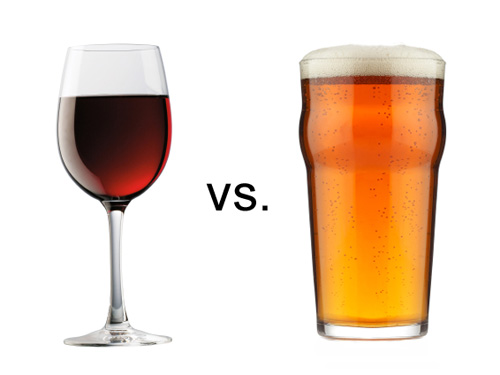



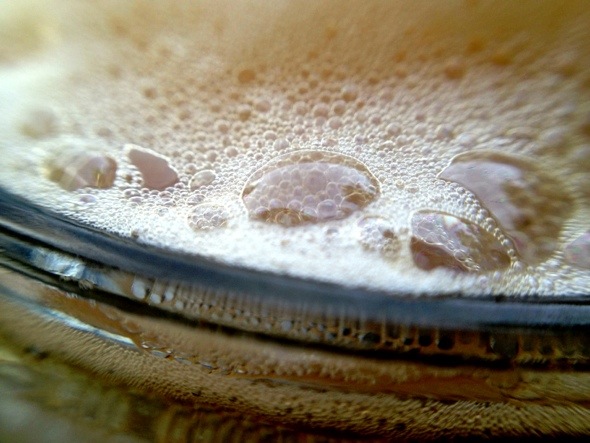




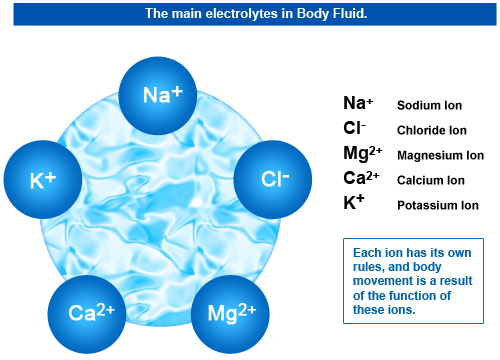

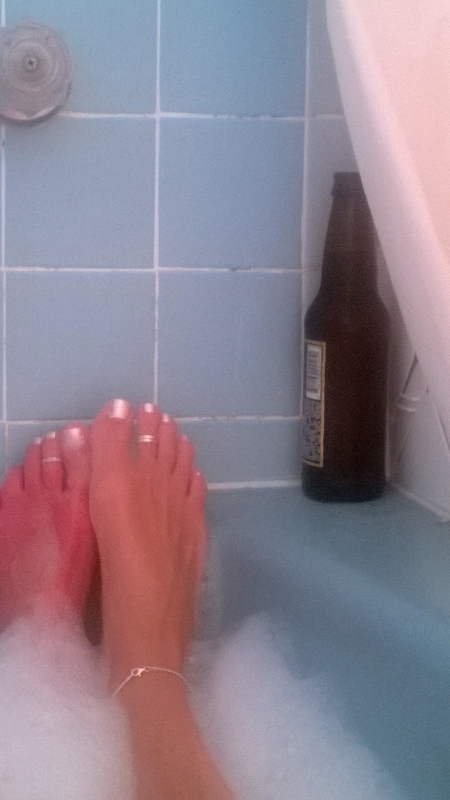


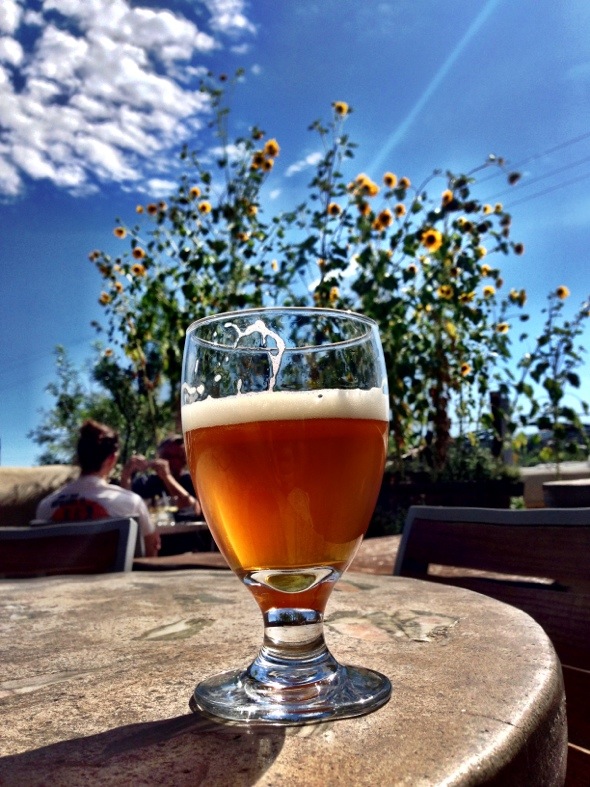



Follow Us!